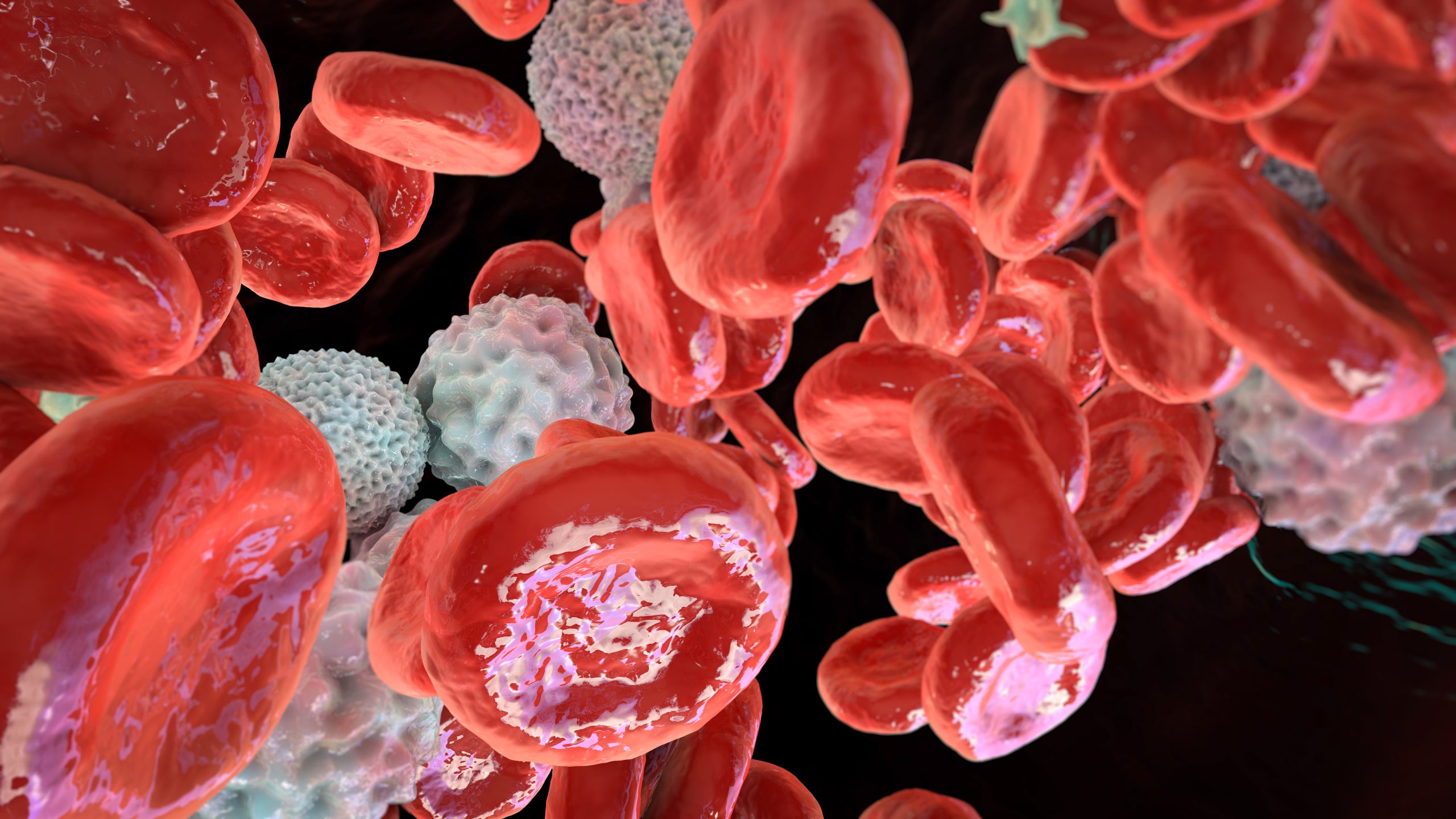
The randomized withdrawal phase of the REVIVE study met its primary endpoint and showed rusfertide is a “highly effective agent” in patients with polycythemia vera (PV), according to a recent study.
Marina Kremyanskaya, MD, PhD, of the Icahn School of Medicine at Mount Sinai, and colleagues presented results from the study in a late-breaking oral session during the 2023 European Hematology Association Congress.
The trial included patients with PV who had at least three therapeutic phlebotomies in the 28 weeks prior to enrollment, with or without cytoreductive agents. Patients received subcutaneous rusfertide in addition to their prior therapy.
The study involved three parts. In part one, the study’s investigators individually adjusted the rusfertide dose to control hematocrit levels <45%. In the second part of the study, which was the blinded randomized withdrawal phase, the researchers randomized patients to continue rusfertide or receive matching placebo. The third part of the study was a three-year open-label extension that included patients who responded to therapy, as well as those who did not.
They defined a response to treatment as having hematocrit control without phlebotomy eligibility, not receiving therapeutic phlebotomy, and completing 12 weeks of treatment.
In part two, the researchers randomized 53 patients to receive placebo (n=27) or rusfertide (n=26). The median patient age was 58 years. Most patients (71.7%) were men. More than half (54.7%) of patients received concurrent therapy with therapeutic phlebotomy alone, while 45.3% received therapeutic phlebotomy with cytoreductive therapies.
The response rate was 69.2% in patients who received rusfertide, significantly higher than the response rate of 18.5% in those who received placebo (P=.0003). A subgroup analysis showed “superior efficacy” for rusfertide relative to placebo in both concurrent therapy groups, according to Dr. Kremyanskaya and colleagues (P=.02 for both groups). Rusfertide also significantly improved the maintenance of response, the absence of need for therapeutic phlebotomy, and “persistent” hematocrit control compared with placebo (P<.0001).
In part one, the phlebotomy-free rate was 76.9% in weeks one through 17, while it was 87.3% in weeks 17 through 29. In part two, the phlebotomy-free rate was 92.3% for the patients receiving rusfertide.
The treatment was “generally well tolerated,” according to the study’s authors. Most (83%) treatment-emergent adverse events (AEs) were grade 1 or 2. However, 17% of treatment-emergent AEs were grade 3; none were grade 4 or 5. The most common treatment-emergent AEs were injection site reactions, which were “localized” and grade 1 or 2. Injection site reactions “decreased in incidence with continued treatment,” according to the investigators. There were two treatment-emergent AEs that led to treatment discontinuation.
Of the 70 patients who were enrolled in the study, 74.3% received treatment for at least one year, 45.7% received treatment for at least 1.5 years, and 14.3% received treatment for at least two years.
“The randomized withdrawal phase of the REVIVE study met its primary endpoint and demonstrated that rusfertide is a highly effective agent in patients with PV receiving [therapeutic phlebotomy] with or without [cytoreductive therapy],” Dr. Kremyanskaya and colleagues concluded. “Rusfertide is a novel hepcidin mimetic that selectively targets uncontrolled erythrocytosis in PV. Rusfertide is well tolerated and produces sustained and durable [hematocrit] control, obviating the need for [therapeutic phlebotomy] in PV patients.”
Reference
Kremyanskaya M, Kuykendall A, Pemmaraju N, et al. Targeted therapy of uncontrolled erythrocytosis in polycythemia vera with the hepcidin mimetic, rusfertide: blinded randomized withdrawal results of the REVIVE study. Abstract LB2710. Presented at the 2023 European Hematology Association Congress. June 8-15, 2023; Frankfurt, Germany.






 © 2025 Mashup Media, LLC, a Formedics Property. All Rights Reserved.
© 2025 Mashup Media, LLC, a Formedics Property. All Rights Reserved.